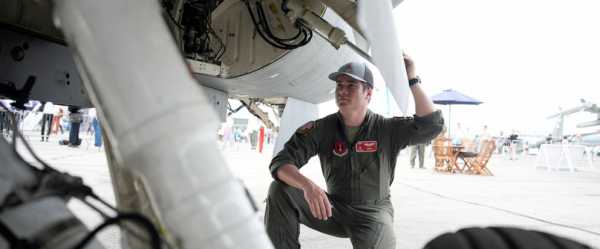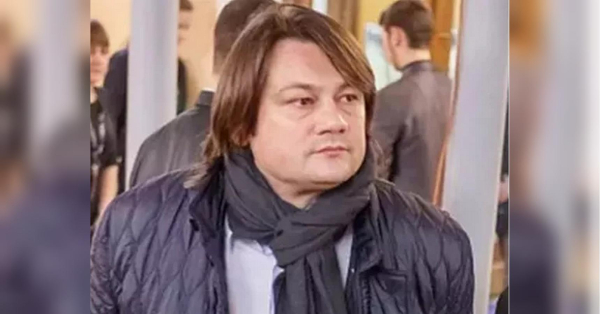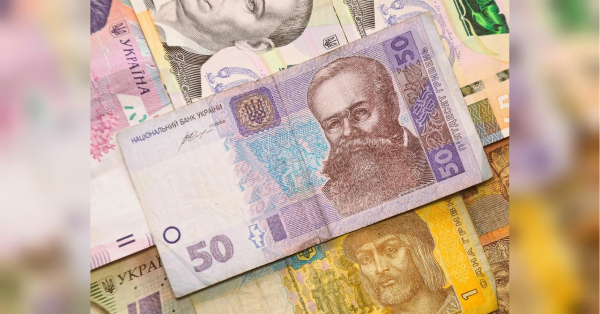
LE BOURGET, France — F-16 fighter jets hurtle pilots through the sky at up to 2,000 kilometers per hour (1,243 miles per hour). In tight turns or sudden climbs, gravity is pressing so hard on their bodies that some of them might even pass out.
Even so, it’s an experience Ukraine is seeking for its own pilots after getting U.S. approval to train and eventually receive the American-made jets to bolster its more than year-old fight against Russia. Ukrainian President Volodymyr Zelenskyy had long pressed Western allies for the planes to gain an advantage in the sky.
But to be a “Top Gun,” you need more than just the aircraft: You need the training to get you there.
Speaking at the Paris Air Show this week, the world's top aerospace trade show, U.S. Air Force Capt. David “Spicy” Brown, an F-16 pilot, said training takes about a year for American military pilots.
It’s not clear how long it will take Ukrainian pilots to learn to fly the aircraft.
“This jet is incredibly easy to fly,” said Brown, an pilot instructor with over 1,000 hours of flight time who is stationed at Spangdahlem Air Base in Germany. “It’s all of the other stuff that goes along with the flying."
He told The Associated Press that “you don’t have to worry about it going out of control. The main thing is being able to work the sensors, being able to work your radar” and the other systems of the jet.
President Joe Biden announced in May at the summit of the Group of 7 major economies that the U.S. will allow shipment of the American-made jets to Ukraine and help provide training, although no official plans or dates have been discussed publicly.
Now, Ukraine is relying on older aircraft such as Russian-made MiG29 and Sukhoi jets. While they are similar in many ways, F-16s have newer technology and targeting capabilities.
The appeal of the F-16s also lies with their versatility and sustainability, said George Barros, a Russia analyst for the Institute for the Study of War.
They’re made to adapt to different weapons systems — such as heat-seeking missiles — and any spare parts needed will be easier to get because Western allies use the same jets.
“In the long term, it’s just more sustainable,” he said.
The debate about whether to send jets to Ukraine has been raging since the early days of the war. Originally, the U.S. was concerned that it would provoke Russia to attack Western allies.
And while the U.S. has changed its mind, the F-16s won't be available in time to help Ukraine's counteroffensive.
Russia has been able to fly aircraft like attack helicopters and bombers in the south where Ukraine is trying to retake ground, Barros said.
“The Ukrainians don’t control the airspace where they’re attacking,” Barros said. “Those are extremely difficult conditions under which to wage offensive operations."
And that reduces the effectiveness of other weapons systems that the West has provided, such as tanks, he said.
Sourse: abcnews.go.com






